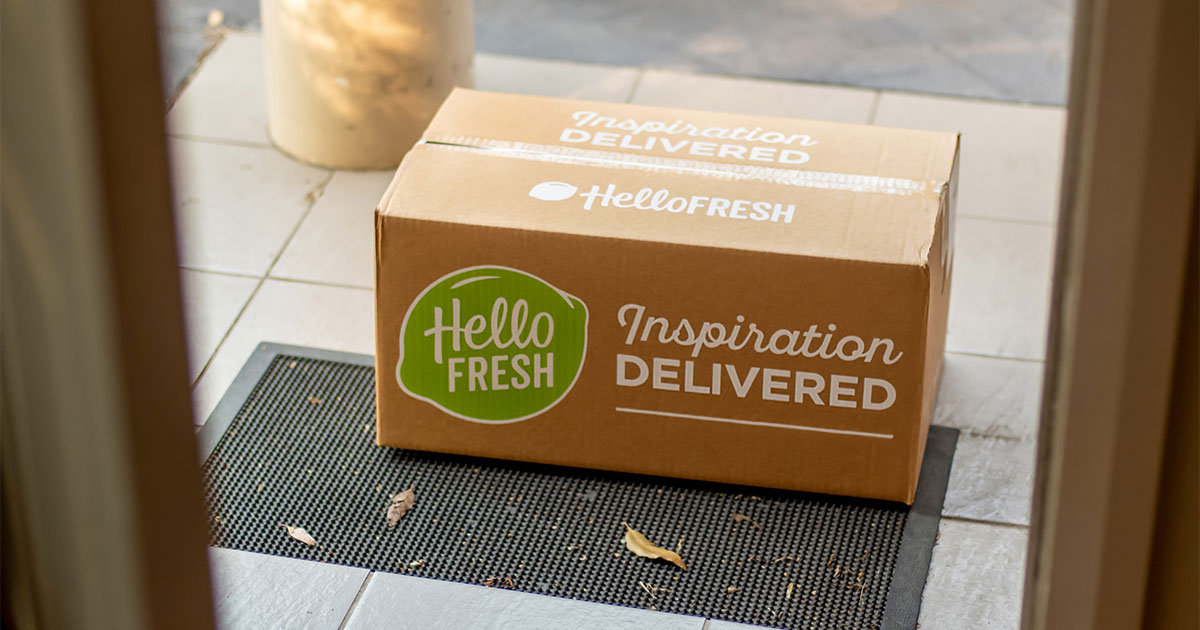The Secrets of Subscriptions: Four Lessons Learned

In class, Lidija Polutnik likes to ask her students to name the subscription services they subscribe to. The Babson College professor of economics, along with her students, is always surprised by the variety of the responses.
The students’ subscriptions run the gamut, from meal kits and coffee, to beauty products and shaving razors, to clothing and pet supplies. The students often are not aware of all the subscriptions they are committed to, with the products appearing at their door and the monthly payments processing automatically.
The popularity of subscriptions certainly isn’t new. “Subscriptions have been around forever,” Polutnik says. “When I was little, my family had milk delivered every day. That was a form of subscription.” People have long subscribed to magazines, newspapers, cable TV, the phone service, and a host of other products and services.
What’s new is the explosion of demand for subscriptions, fueled first by the internet and then intensified by the increased demand in online shopping during the pandemic. “COVID put everything on steroids,” Polutnik says. For those stuck inside and concerned about the risks of venturing out to stores and restaurants, subscription services provided a perfect solution.
Intrigued by the rapid growth of subscriptions, Polutnik teamed up with Shikha Jain, a partner in the consumer goods practice at the consulting firm Simon-Kucher & Partners. Together, they surveyed 140 decision-makers at consumer goods companies to learn about best practices when offering subscriptions.
The resulting research paper, “How to Succeed with Subscriptions in Consumer Goods: Lessons from the Best-In-Class Companies,” reveals that subscriptions require a lot of effort to be done right. Here are four key takeaways:
Understand What Is Expected
Companies must first know exactly what they are leaping into when offering subscriptions. “Companies need to understand subscriptions are a business model,” Polutnik says. “This is not just a payment model.”

Companies may envision subscriptions as being akin to a phone or cable plan, with the company providing a product and then watching the money roll in month after month with minimal effort. The reality of subscriptions is much more challenging.
Just consider the importance of logistics. When offering a meal kit, for instance, companies must ensure the delivered food is fresh, chilled, and looking good. That’s easier for a behemoth such as Amazon that owns its own grocery chain. “They have the advantage of their superb logistics,” Polutnik says, “and grocery stores with fresh food right on the shelf.”
For many ventures, though, food delivery is a costly endeavor. “Margins won’t be high,” Polutnik says. “Many of these companies continue to lose money.”
Must Be Responsive
If a company lands customers for its subscription service, it then has to do the hard work of holding onto them. “The burden is to continue to deliver value,” Polutnik says. “Customer engagement across many channels is key.”
Consider meal kits again and the customer expectations that come along with them. “Those meals have to be delivered correctly every single time,” Polutnik says. And, when customers make any changes to their delivery, and, say, don’t want broccoli with their fettuccine alfredo this time, the company needs to handle that. “The pressure is on the companies to be quick and responsive to customer needs and wants,” Polutnik says.
The best practice for companies, Polutnik says, is to organize their subscription offerings in a separate business unit. That enables those companies to more effectively respond to the needs of customers.
Offer Something Innovative
The companies succeeding with subscriptions also make an effort to innovate their product offerings, Polutnik says. So, for meal kits, that means new recipes, new ingredients, and new customized and personalized options. “Just putting together a meal plan for a few weeks isn’t enough,” Polutnik says.
For shaving or cosmetic subscriptions, that means thinking hard about what other kinds of products can be offered. “How much shaving stuff do you need in your house?” Polutnik says. “They need a plan to upsell additional products.”
“The biggest difference among companies is that the best are proactive, while the rest are reactive in managing customers across the whole customer journey.”
Lidija Polutnik, professor of economics at Babson
The constant demand for something new is most evident on the streaming sites. At first blush, the idea of providing a digital subscription may seem easier, because there is no physical product to move.
A streaming site such as Netflix, however, has strong competitors, which means it can’t rely on old programming and expect customers to keep returning. To retain viewers and gain additional market share, Polutnik says, it must provide new and buzz-worthy content.
Know Your Customer
The best subscription companies truly know and understand their current, as well as potential, customers. “The biggest difference among companies is that the best are proactive, while the rest are reactive in managing customers across the whole customer journey,” Polutnik says.
For current customers, that means tracking, among myriad other possibilities, what product choices they are looking at on your site, how much time they are spending on those items, and how they are customizing their choices.
“You really have to understand not just the transactional activities but every interaction the customer has with your product,” Polutnik says, “and leverage this information to continue to build customer relationships over time.”
Posted in Insights






